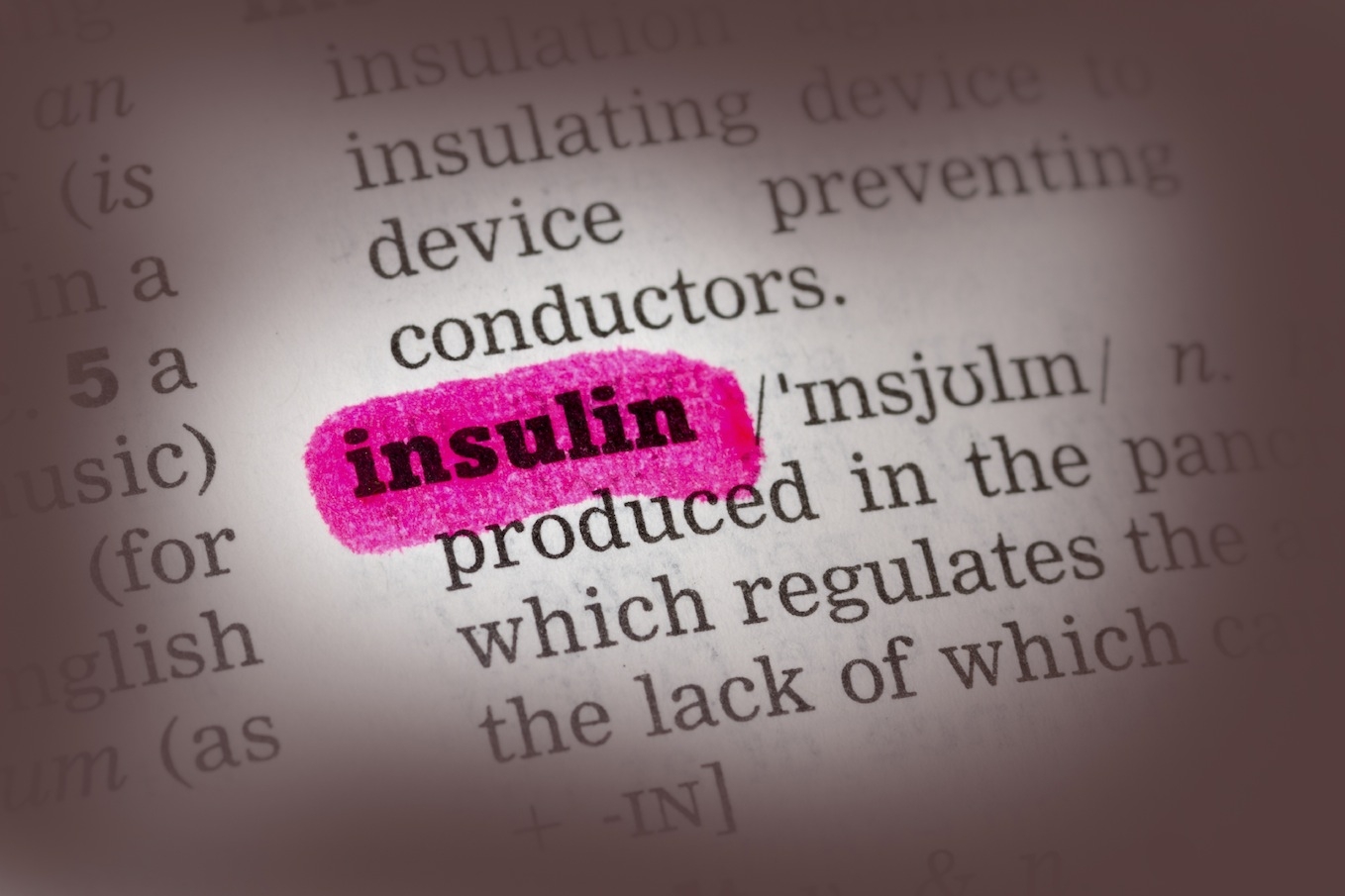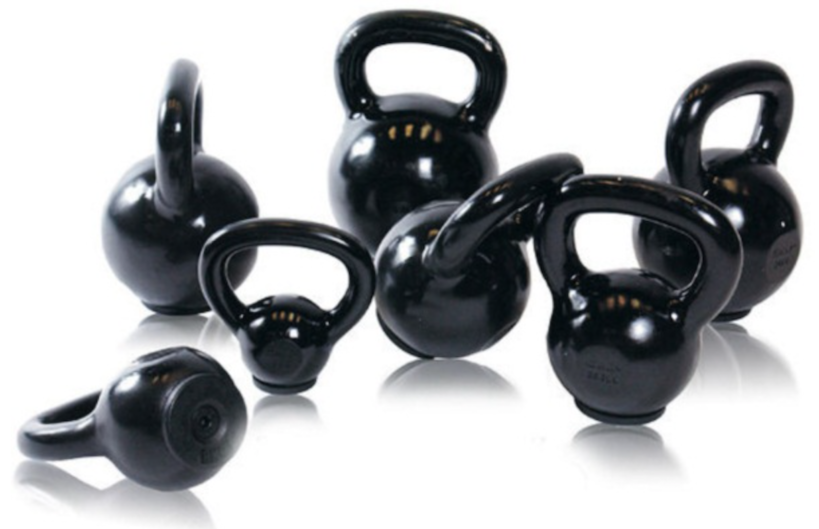Many weight loss seekers tend to avoid resistance training (weight lifting) for a fear of “bulking up” or “getting bigger”. But, in spite of what many believe, this type of training is absolutely critical for long-term weight management and overall good health. Here are five reasons why resistance training is especially necessary for those seeking to lose a little or even a lot of weight.
1. Preserves Muscle Mass
Performing resistance training is the only way to preserve muscle. Muscle is an integral component of your overall body composition, which is the relative distribution of your fat and lean mass including body water and blood, bone, and muscle. An ideal body composition is one that encompasses a low percentage of fat and a high percentage of muscle mass relative to overall body weight.
Related Article: The Body Mass Index Versus Body Composition: What You Need to Know
If you’re a woman, there’s no reason to worry about bulking up with resistance training. The male hormone testosterone is responsible for the development of large muscles and, luckily, women are genetically incapable of bulking up without dramatic changes in diet in combination with supplementation. If you’re still leery, opt for training with low resistance and a high number of repetitions.
Related Article: How to Lift Weights Without Bulking Up
2. Elevates the Metabolic Rate
Due to its unique effects on muscle, regular resistance training significantly elevates the metabolic rate (the rate at which you burn calories). In fact, one moderate-to-high-intensity resistance training session can elevate the metabolic rate for up to 12 hours. The more muscle you have, the higher your metabolic rate, which essentially means that, over time, you’ll burn more calories and, ultimately, lose more weight.
Related Article: The Important Role of Metabolism in Weight Loss
3. Improves Cardio Performance
Most weight loss seekers tend to engage in hours and hours of cardiovascular (cardio) exercise, oftentimes abandoning resistance training altogether. Problem is, if your muscles are weak, you won’t have the strength or endurance necessary to perform cardio at levels high enough to elicit significant weight loss. So use them or lose them!
Resistance training improves muscular strength and endurance, which’ll make it easier to perform cardio efficiently and effectively. You can greatly improve your strength and endurance by simply performing one or multiple sets of 8-16 repetitions of at least 8-12 different resistance exercises targeting all your body’s major muscle groups.
Related Article: Target Heart Rate: Are You Working Out Hard Enough?
4. Decreases Body Flab
The appearance of body flab usually results when a significant amount of weight is lost with dieting and/or excessive amounts of cardio exercise. Unbeknownst to many, excessive dieting and cardio results in losses in body water, fat AND muscle. Since muscle largely contributes to the body’s shape and form, losing this precious tissue can make your body appear flabby.
On the flip side, building and/or maintaining your muscle with resistance training during (and after) weight loss will counter this unsightly appearance.
Related Article: How to Lose Weight Without Getting Flabby Skin
5. Sculpts the Body
When coupled with cardio exercise and sensible eating, resistance training is the absolute best method for sculpting the perfect body. Whether you want a firmer butt or shapelier arms, resistance training is the only non-invasive, non-surgical method by which you can make your body look the way you want it to look.
VIDEO: A 3-Day Weight Training Workout for Women
For successful weight loss there’s just no way around resistance training. As little as 10-30 minutes a day of training with free weights, machines, rubber tubing or your own bodyweight is all it takes. Start today and you’ll notice a significant change in your appearance in as little as a few weeks.







